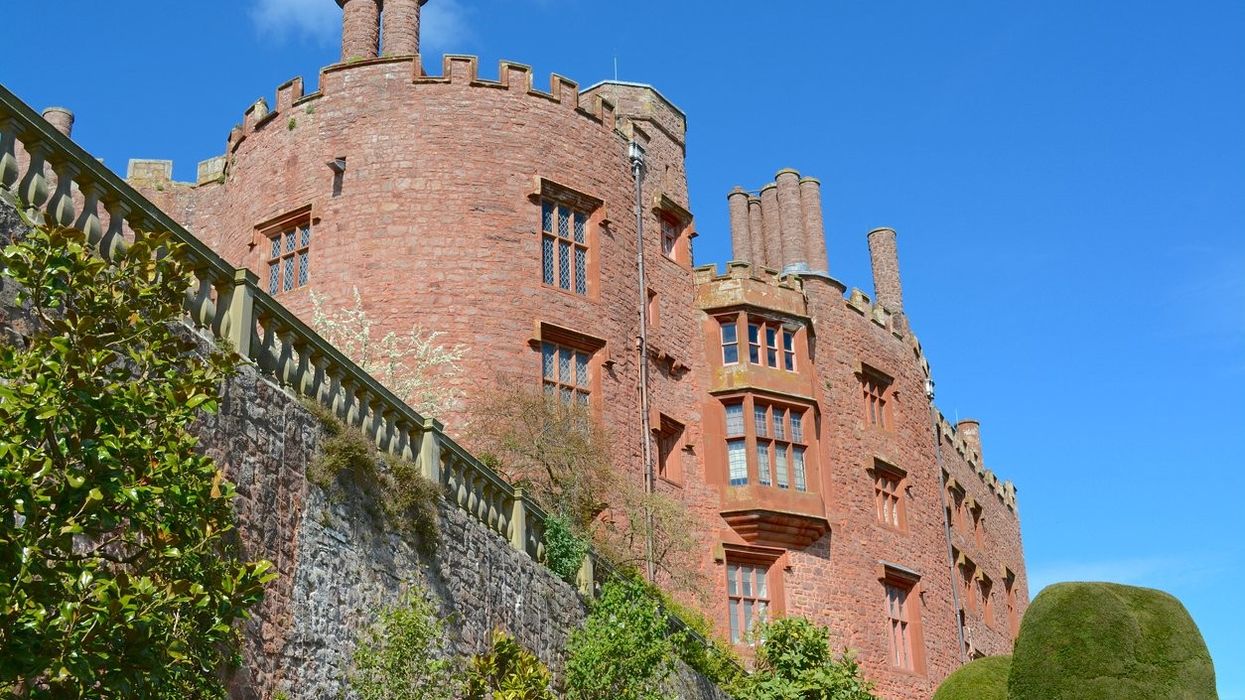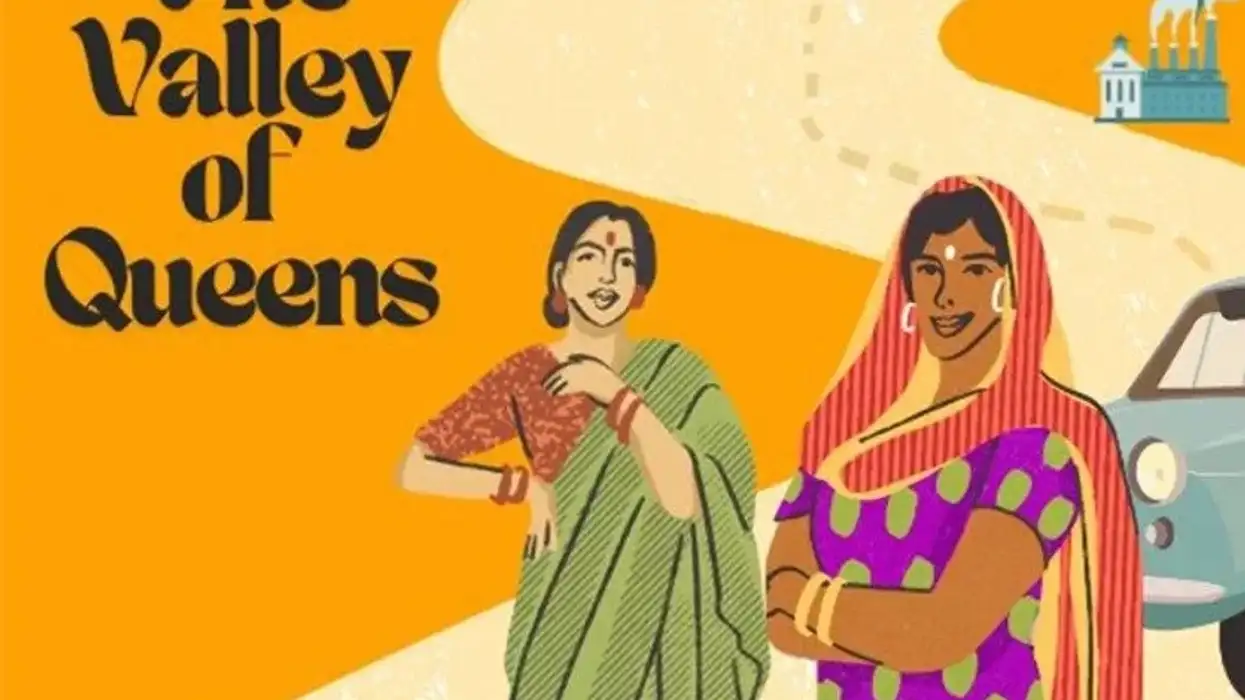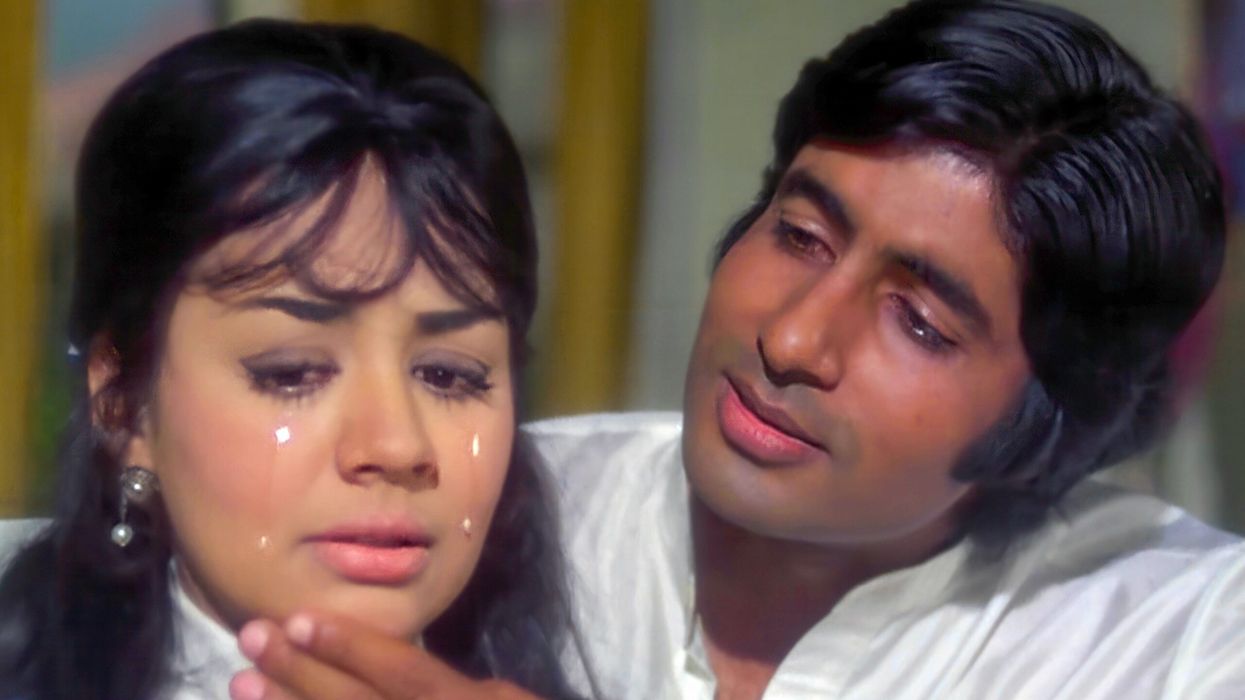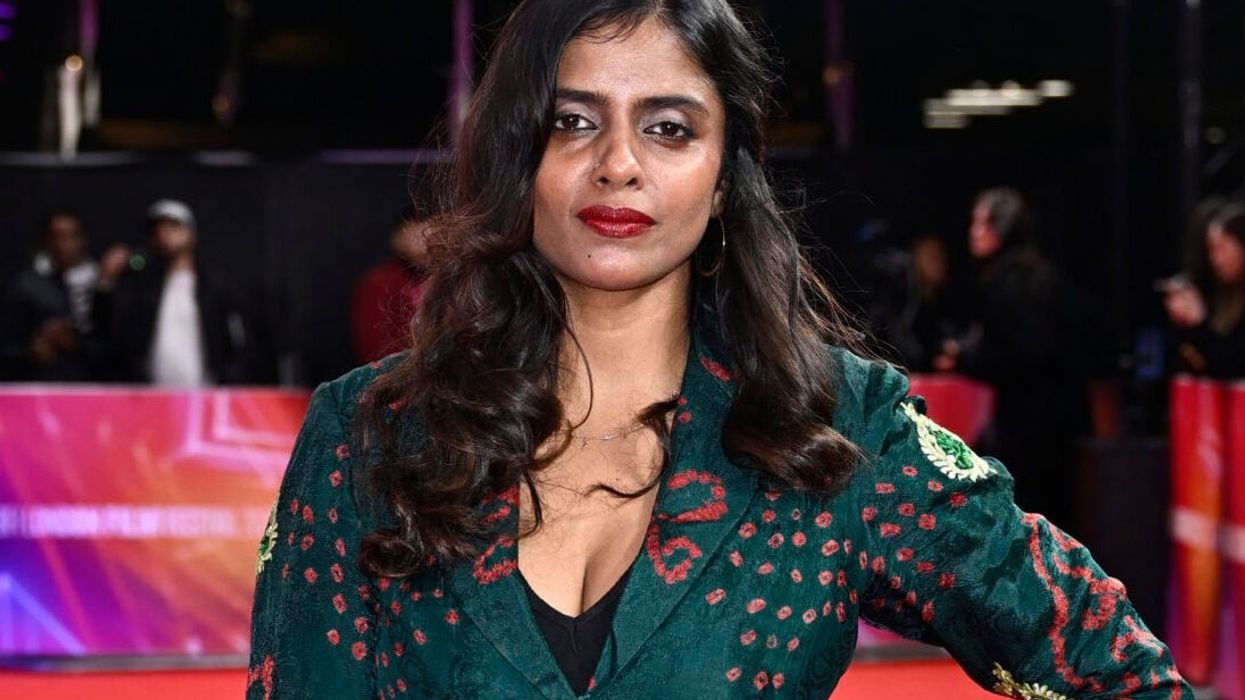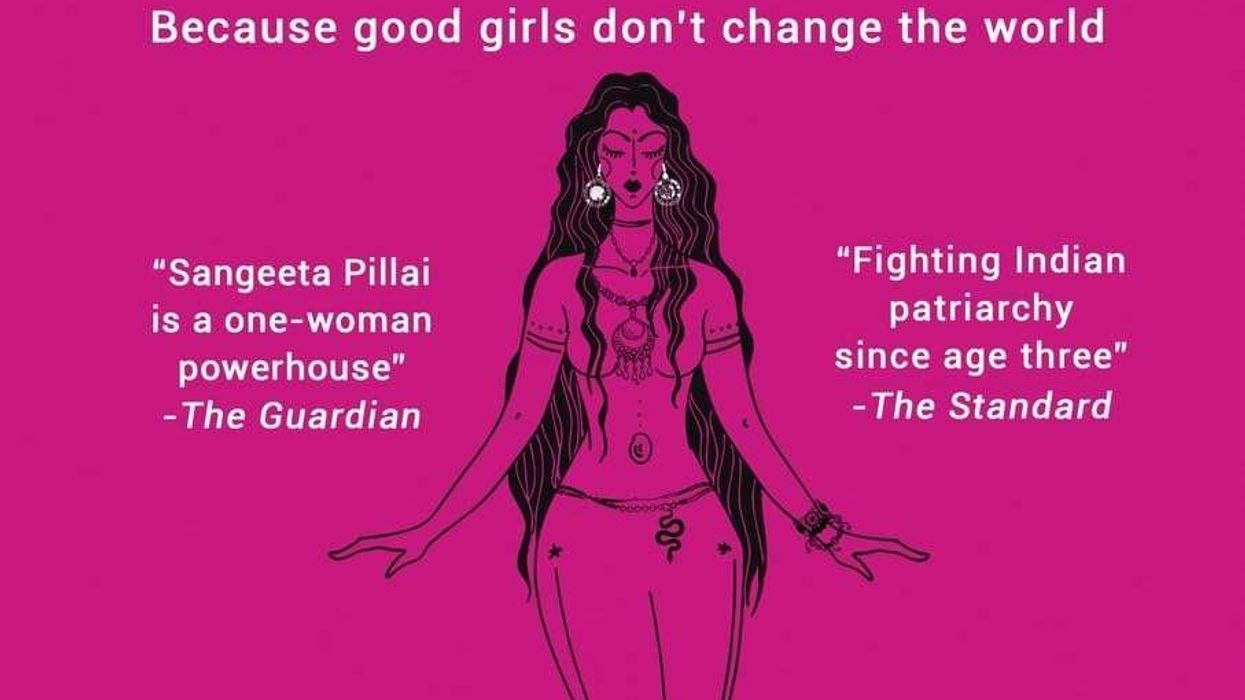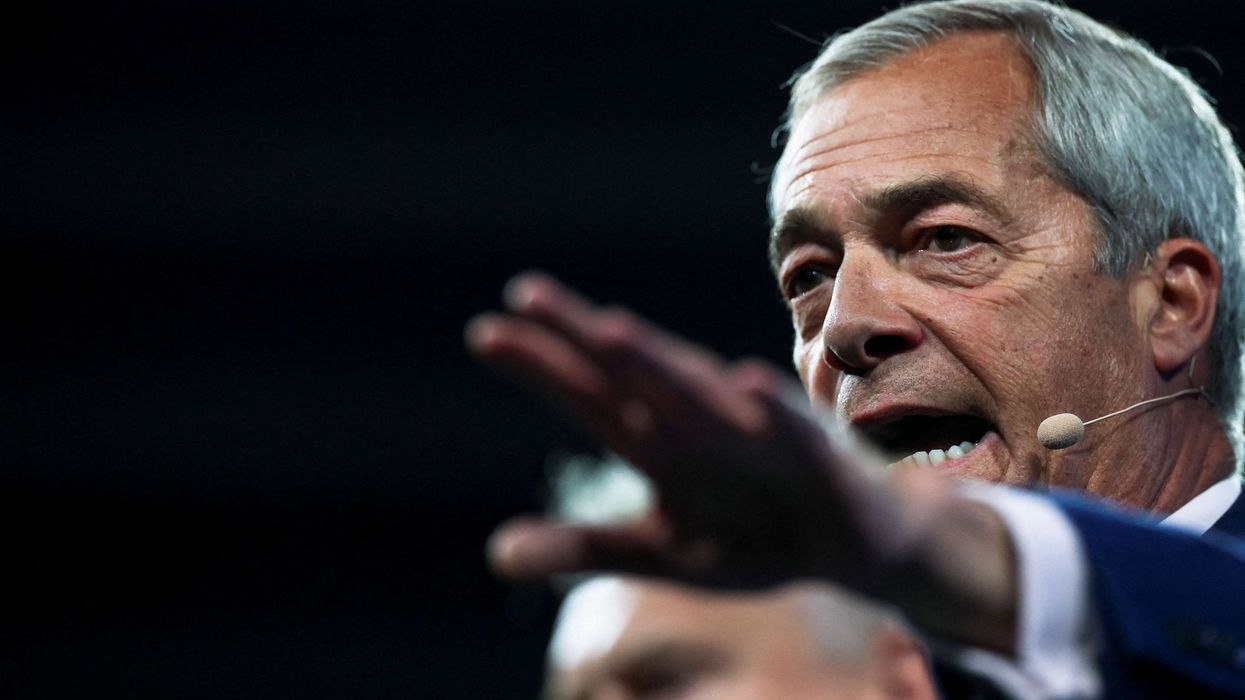She may be a talented actress, broadcaster and one half of an acclaimed sketch comedy duo, but Emily Lloyd Saini is arguably at her best when she delivers dynamite solo stand-up sets loaded with explosive jokes.
This ability to light up the stage with her incendiary brand of comedy has enabled the half-Indian British funny woman to deliver unforgettable laughter-filled live sets. She returned to the stage recently, after taking a break for motherhood, and has been part of multiple shows, including the current Ladies Of Laughter tour.
Eastern Eye caught up with the fabulous talent to discuss comedy and how becoming a mum gave her new material. She also spoke about key advice for young girls wanting to pursue comedy, inspirations and revealing too much on stage.
How do you reflect on your comedy journey?
I’m still very much on it. Stand-up has always been my side hustle so I’m constantly falling behind my comedy peers as they become fantastic stand-ups, honestly, they work so hard. I’m glad I found standup, it's taught me so much and I’m grateful that I get to do it.
What has been your most memorable moment?
Rob Delaney hosted the Comedy Central TV gig I did and was really lovely about my set afterwards. It was a brand-new bit I was trying, so was on cloud nine. Then I got a part in his and Sharon Horgans show Catastrophe, which I’m convinced he made happen.
Was it difficult to take a break for motherhood?
The planet kind of decided for me. My baby was born in lockdown one, so there were no gigs to miss. But it took me a while to work up the nerve to come back. Live performance is a muscle, and like with many of my muscles post pandemic, it felt very out of shape.
How does it feel being back on stage again?
Incredible. And it really is a testament to Altaf (Sarwar) who runs Luv Entertainment and Desi Central. The audiences are so up for it that it’s an absolute joy to perform for them.
Has becoming a mum given you new material?
Yes. And it’s cheaper ranting about it to audiences than getting therapy. I wondered about doing it – is it already done? Is it boring to people with no kids? but it’s my life and that’s all I can pull from. And it seems to be going well.
How do you balance being a mum with stand-up comedy, which is predominantly in the evenings?
I’m still finding it. I’m having to learn how to say no. The temptation is to take all the gigs going. I love the practice and hate missing an opportunity. But I promised myself balance. It’s not my only job, so I can’t be swanning off three-four nights a week just yet. Plus, late nights gigging no longer means a lie in the day after.
Where do you predominantly get inspiration from for your jokes?
My life. It usually starts as a shared anecdote with a friend, and if they laugh at the story or observation, I log it and file it away for potential material.
Do you sometimes feel you reveal too much on stage about yourself?
Not so much on stage, as I have a bit of planning with what I will talk about. If anything, when I’m trying stuff out, I can reveal too much about others. That has gotten me into trouble and I’ve learned my lesson. But podcasts, I’ve had to ask them to edit out big chunks of me chatting about personal stuff I definitely don’t want out there. It’s like being at the hairdressers, you get comfy, and they ask questions, and you tell all. We all do that at the hairdressers right?
Has being funny ever helped you in real life?
Being funny is real life. If you make someone laugh, they’re much more likely to like you right? And being liked is always helpful. That’s not to say everyone finds me funny or likes me, but that’s ok, they’re not my people, and not real life.
Who is the funniest person you know in everyday life?
My daughter. But I’m not sure that counts because I’m laughing at her not with her most of the time. So, I’ll say my sketch partner Anna (Leong Brophy), she can make me laugh until I cry with just a look.
What is it like being on an all-female lineup on the Ladies of Laughter tour?
Great fun. Generally, at gigs there’s only one woman on a lineup (#notallgigs), so we don’t get to see each other’s material that often. Also, I’m a big fan of some of the people I’m on the line-ups with.
What advice would you give young girls wanting to pursue comedy?
Just do it and don’t be scared to get it wrong. The worst that can happen is a small room of strangers doesn’t love your set for five minutes. You’ll never have to see them again. And if you’re not sure about performing, then write. Write everything down – because a small thought in Tesco’s could turn into a fantastic joke. But if you don’t write it down, guaranteed you’ll have forgotten it by the time you get home (other supermarkets are available).
Who is your own comedy hero?
Goldie Hawn. I remember watching her growing up and thinking she was such a fearless and hilarious clown. And even now she just gives out such a positive energy (at least, her socials do).
What is the secret of a great stand-up set?
If you find this, tell me. There are so many ingredients that go into a good night. You can have the best set in the world and still not win over a crowd. The host, audience, night of week, time, how drunk that guy in the second row is, all contribute. Also, comedy is relative – what I might find hilarious, you might not and vice versa. So, it’s an impossible question.
Have you ever left anything behind rushing from one event to another?
Doing sketch comedy too means we have so many weird props that we (I) misplace. Once I nearly ruined a whole gig by losing a toilet roll holder and panic rang nearly every stop on the overground to find it. Spoiler, they did not help.
How do you feel being on stage?
Terrified, euphoric, comfortable, excited, and powerful, all at once.
Ladies Of Laughter at Newhampton Arts Centre in Wolverhampton on June 23 and Belgrade Theatre, Coventry on June 24. www.luventertainment.co.uk

